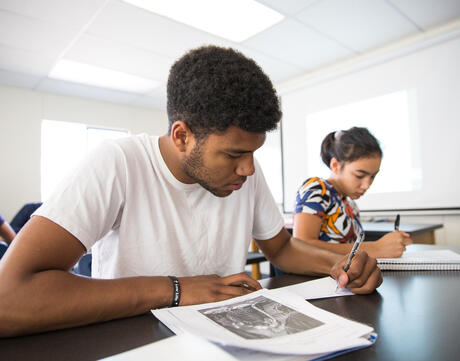
Create a Headline
At a Glance
Language
English — USSubject
- English & Language Arts
- History
- Social Studies
Grade
6–12Overview
What Is the Create a Headline Strategy?
By creating a concise headline to represent what they learned, students must identify main ideas and patterns and then make a judgment about which of those ideas and patterns are most important. Often the source or sources used in this activity shed light on underlying issues that influenced the events of a particular historical era.
Lesson Plans
How to Use the Create a Headline Strategy
Variations
Unlimited Access to Learning. More Added Every Month.
Facing History & Ourselves is designed for educators who want to help students explore identity, think critically, grow emotionally, act ethically, and participate in civic life. It’s hard work, so we’ve developed some go-to professional learning opportunities to help you along the way.
Exploring ELA Text Selection with Julia Torres
On-Demand

Working for Justice, Equity and Civic Agency in Our Schools: A Conversation with Clint Smith
On-Demand

Centering Student Voices to Build Community and Agency
On-Demand














